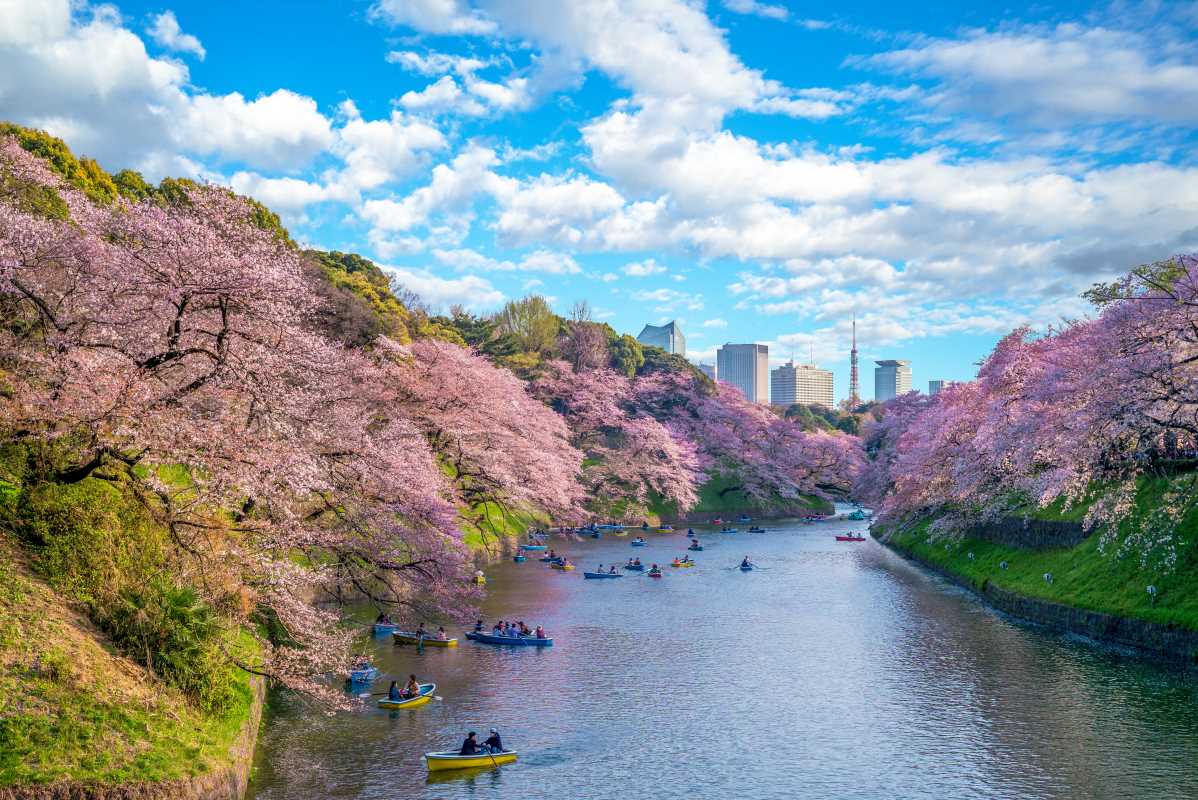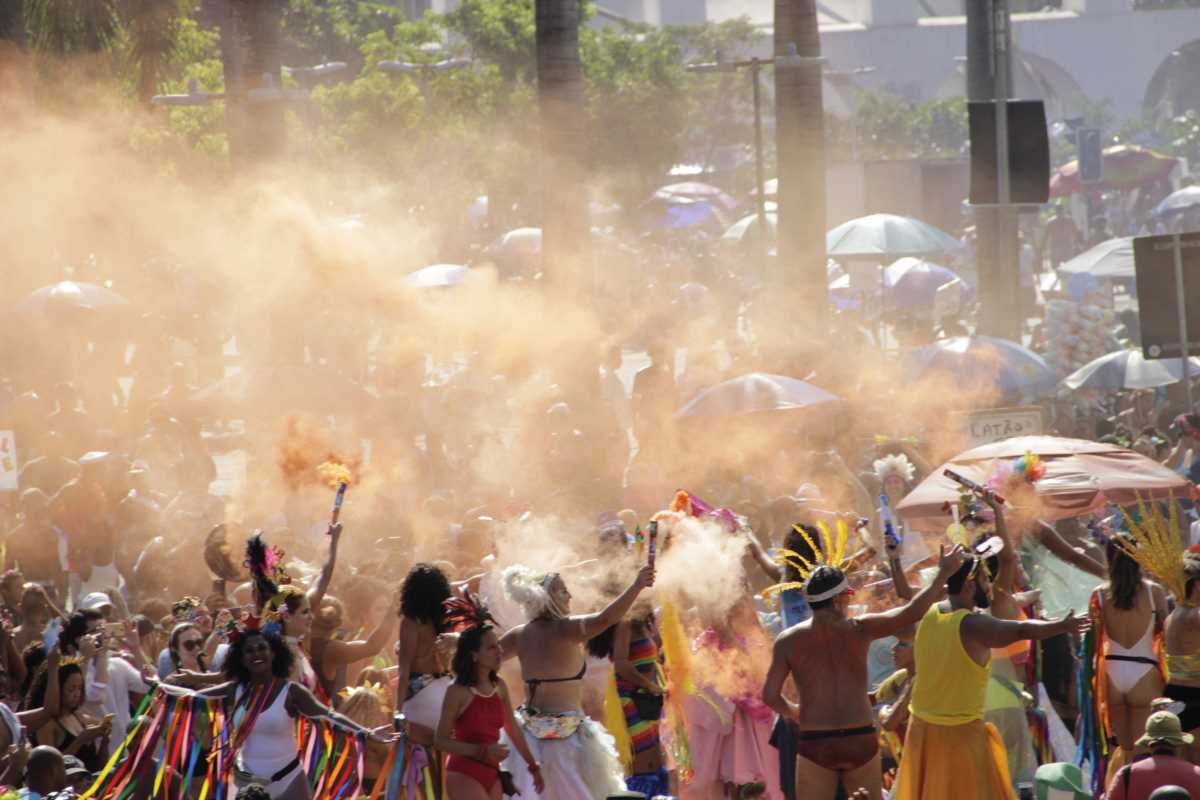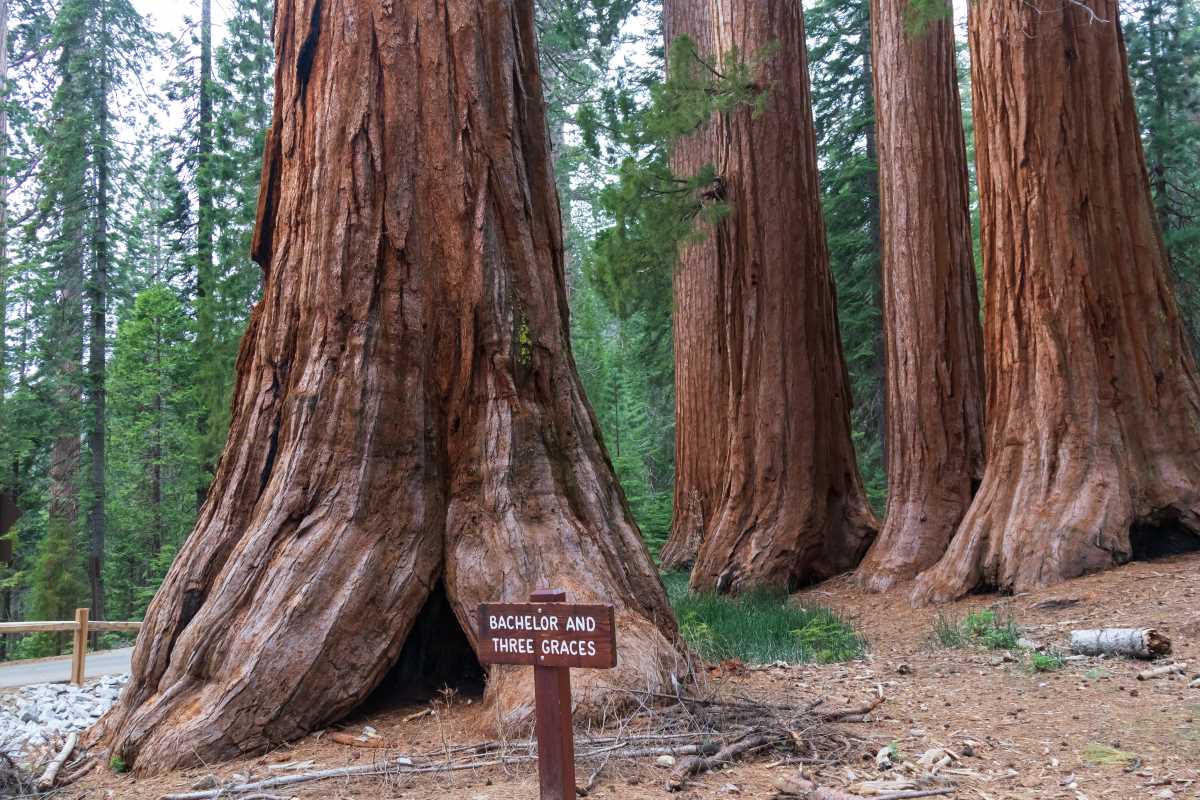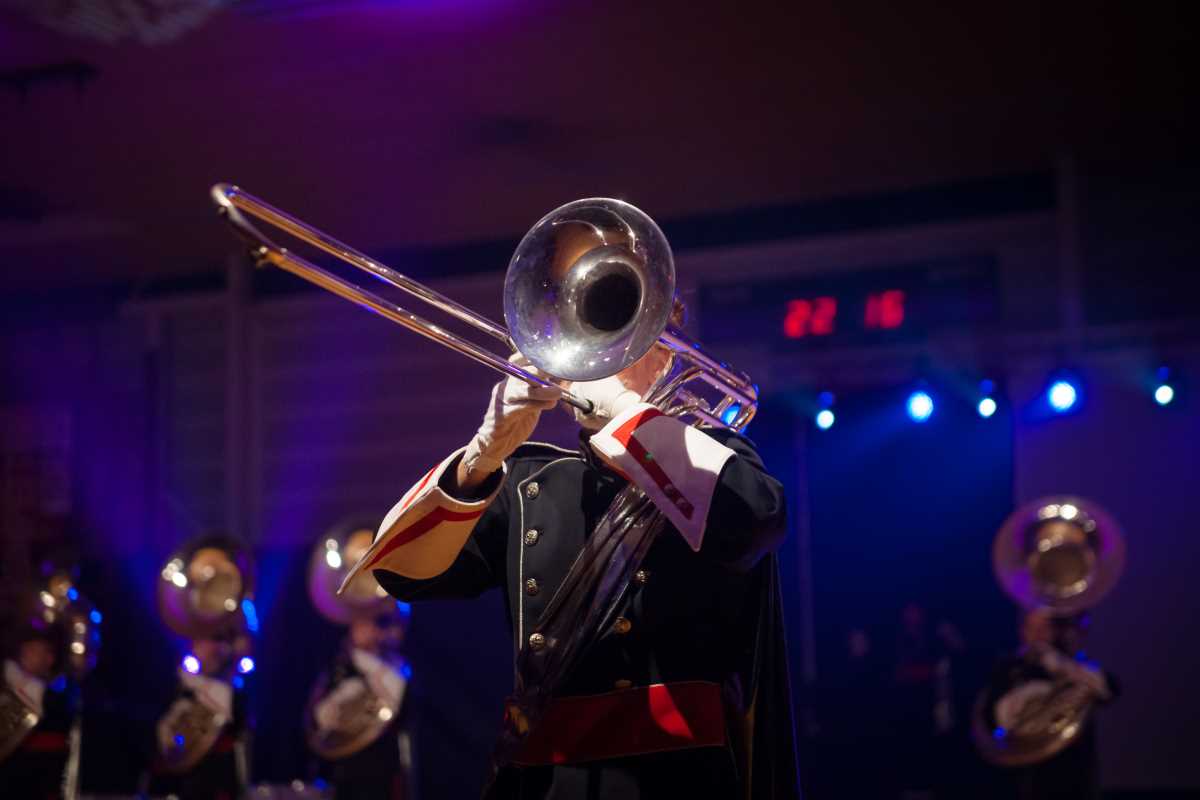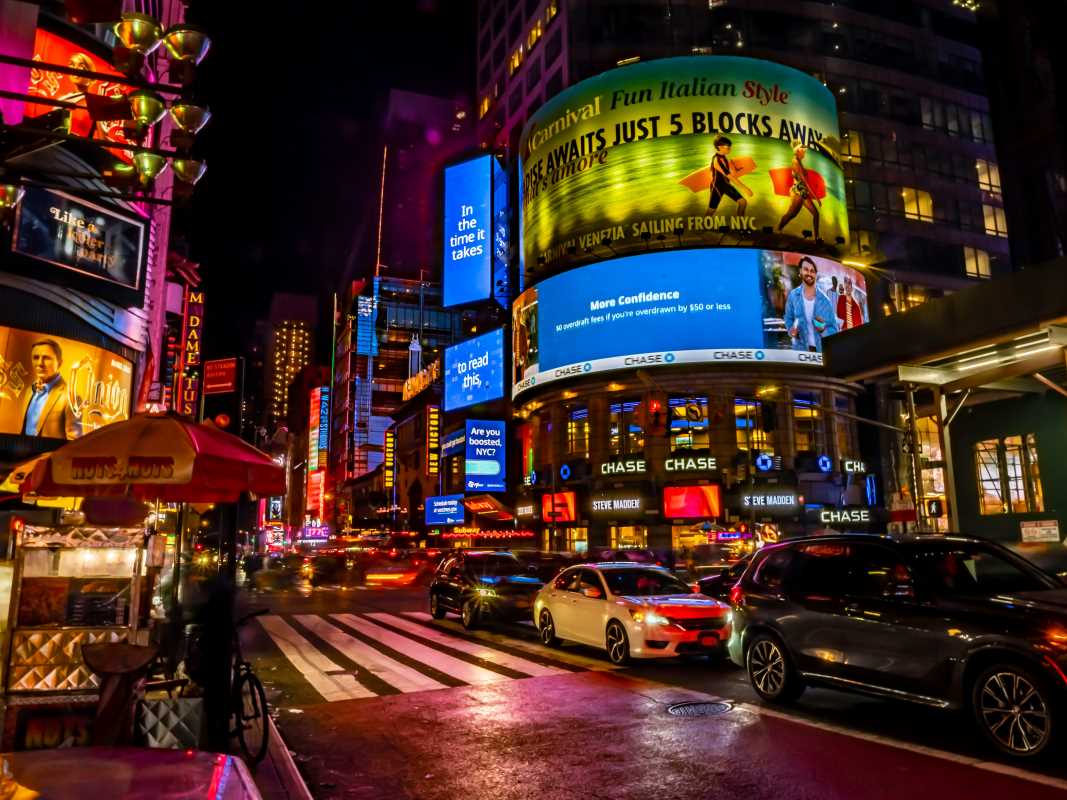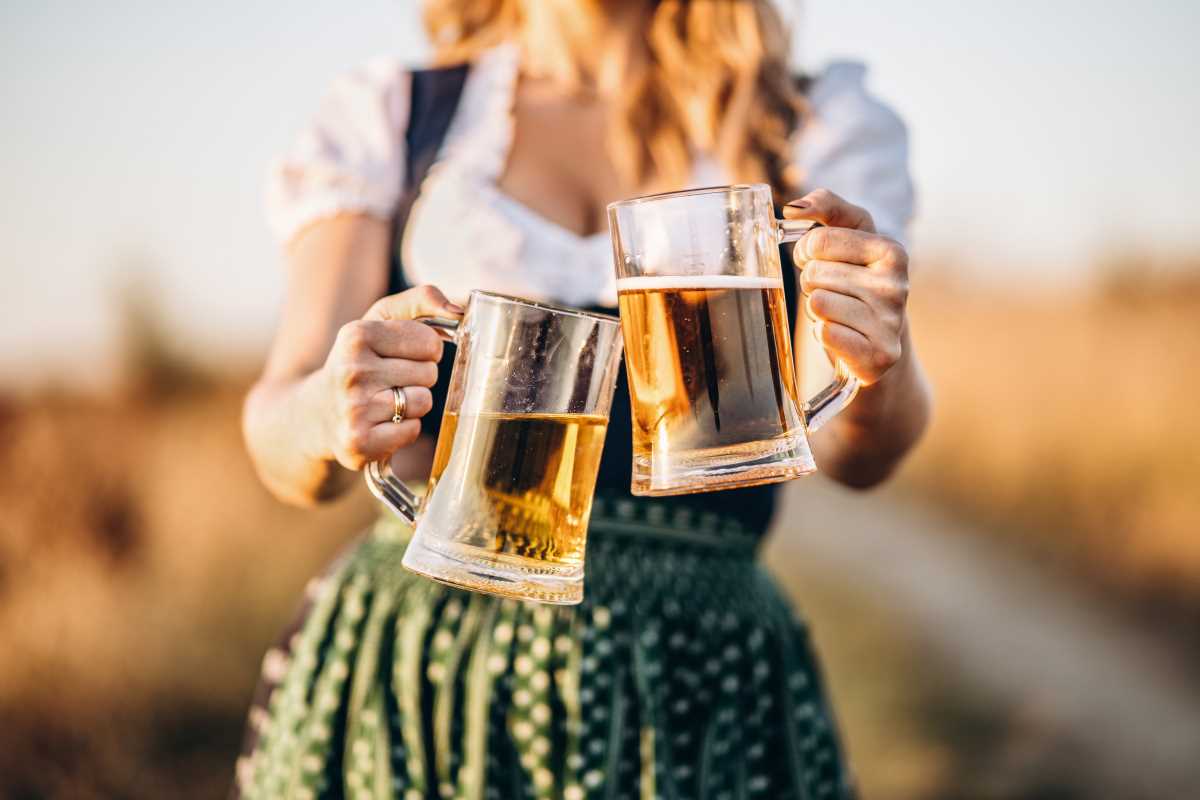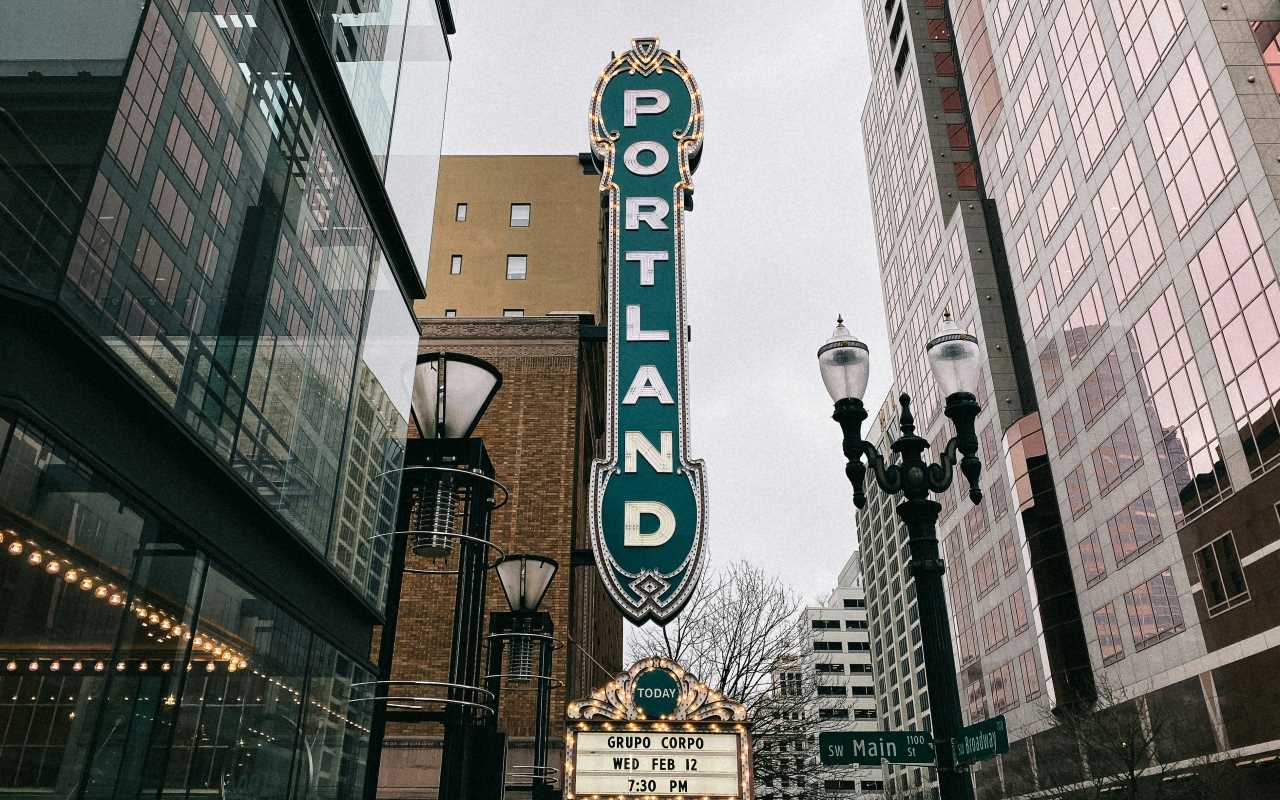Mexico City becomes a canvas of vibrant color, fragrant marigolds, and profound tradition during Día de los Muertos (Day of the Dead). This is a time when the veil between worlds feels thinnest, and the city pulses with a unique blend of joyous celebration and heartfelt remembrance. Prepare to witness spectacular parades, wander among massive public altars, and experience one of Mexico's most important cultural heritage events.
You'll learn about the celebration's deep meaning, discover key events like the grand parade and public ofrendas, and get practical tips for your visit. Get ready for an unforgettable journey into the heart of this beautiful tradition.
More Than a Holiday: The Meaning of Día de los Muertos
Día de los Muertos is not a "Mexican Halloween." It is a beautiful and complex tradition that blends pre-Hispanic beliefs with Catholicism. At its core, it is a celebration of life and a loving tribute to deceased family members and friends. The holiday is based on the belief that for a few precious days, the souls of the departed return to earth to be with their loved ones.
This period, mainly observed from October 31st to November 2nd, is a time of happiness, not sadness. Families create elaborate altars to welcome the spirits, sharing their favorite foods, drinks, and memories. It is a powerful reminder that those we have lost are never truly gone as long as they are remembered.
Symbols of Remembrance: Ofrendas and Calaveras
As you explore the city, you will see two key symbols everywhere. Understanding them is essential to appreciating the celebration.
- Ofrendas (Offerings/Altars): These are the heart of the celebration. Families build multi-level altars in their homes, at cemeteries, and in public spaces. Each item placed on the ofrenda has a purpose:
- Marigolds (cempasúchil): Their bright color and strong scent are believed to guide the spirits home.
- Photos: Pictures of the deceased are placed on the altar to welcome them by name.
- Food and Drink: The favorite meals and beverages of the departed are offered to refresh them after their long journey. You'll often see pan de muerto (bread of the dead) and bottles of tequila or water.
- Candles and Incense: These light the way and help carry prayers to the heavens.
- Sugar Skulls (calaveras): Colorful skulls made of sugar or chocolate, often with a name written on the forehead, represent the sweetness of life and the ever-present reality of death.
- Calaveras (Skulls): From the sweet sugar skulls to the elegant Catrinas (skeletons dressed in fancy clothing), skulls are a prominent and playful symbol of the holiday. They are a whimsical reminder that death is a natural part of the life cycle and that everyone, rich or poor, shares the same fate.
How Mexico City Celebrates: Key Events and Locations
Mexico City hosts some of the largest and most spectacular Día de los Muertos events in the country. Here are the experiences you won't want to miss.
- Gran Desfile de Día de Muertos (Great Day of the Dead Parade): This is the main event. Inspired by the opening scene of the James Bond film Spectre, this massive parade features giant skeleton puppets, mobile art installations, costumed dancers, and marching bands. It travels along the iconic Paseo de la Reforma, typically on the Saturday before November 2nd. Check the official CDMX tourism website for the exact date and route.
- Megaofrenda in the Zócalo: The city’s main square, the Zócalo, becomes home to a monumental ofrenda. Each year features a different theme, often honoring historical figures or cultural icons. It is a stunning, large-scale art installation and a must-see. This is one of the top things to do in Mexico City in November.
- Coyoacán Neighborhood: This charming, historic neighborhood offers a more traditional atmosphere. The main squares, Jardín Hidalgo and Jardín Centenario, are filled with colorful markets, smaller ofrendas, and people with beautifully painted faces. It's a fantastic place to soak in the festive energy.
- Museums and Exhibitions: Many of Mexico City's world-class museums, like the Museo Dolores Olmedo and the Museo de Arte Popular, host special exhibitions dedicated to Día de los Muertos art and history.
Tips for a Respectful and Enjoyable Experience
Etiquette for Attending
- Remember the Purpose: While it is a celebration, it is also a deeply personal and spiritual time for many. Be mindful that you are observing a tradition of remembrance.
- Ask Before Photographing: Never take a photo of a person or a private ofrenda without asking for permission first. Public displays and parade performers are generally fine to photograph, but be courteous.
- What to Wear: You will see many people, both locals and visitors, with their faces painted as calaveras. It is perfectly acceptable to participate! You can get your face painted by street artists all over the city. Wear comfortable shoes, as you will be doing a lot of walking.
Planning and Budgeting
- Book in Advance: Día de los Muertos is peak season. Book your flights and accommodations several months ahead to secure better prices and availability.
- Budgeting: Many of the best events, like the parade and viewing the Zócalo ofrenda, are free. For meals, enjoy affordable and delicious street food or eat at local mercados.
- Safety: Be aware of your surroundings, especially in large crowds. Keep valuables secure and out of sight. The parade route can get extremely packed, so decide on a meeting point if you are with a group.
Family and Accessibility Notes
- Family-Friendly: Kids will be captivated by the colors, costumes, and parade floats. The atmosphere is festive and welcoming to all ages.
- Accessibility: The main parade route along Paseo de la Reforma is flat and generally accessible. However, crowds can make it difficult to navigate. The Zócalo is also accessible. Older neighborhoods like Coyoacán have cobblestone streets that can be uneven.
A Suggested 2-Day Itinerary for Día de los Muertos
- Day 1: Parade Day (Typically Saturday)
- Morning (10:00 AM): Head to the Zócalo to see the Megaofrenda before the crowds become too dense.
- Afternoon (1:00 PM): Find your spot along the Paseo de la Reforma for the Gran Desfile. Arrive early, bring water and snacks, and prepare for an incredible show. The parade usually starts mid-afternoon.
- Evening (7:00 PM): After the parade, explore the nearby Zona Rosa or Condesa neighborhoods for dinner. Many restaurants will have their own ofrendas.
- Day 2: Cultural Immersion (November 1st or 2nd)
- Morning (10:00 AM): Take the metro or a rideshare to Coyoacán. Get your face painted and wander through the festive market. Visit the Museo Frida Kahlo (book tickets weeks in advance).
- Afternoon (2:00 PM): Enjoy lunch at the Mercado de Coyoacán. Try traditional dishes like tostadas and quesadillas.
- Evening (6:00 PM): For a truly profound experience, consider a respectful visit to a local cemetery like the one in Mixquic (this requires a longer trip and an organized tour) to see families holding vigils at candlelit gravesites. Alternatively, enjoy the evening atmosphere back in the city center.
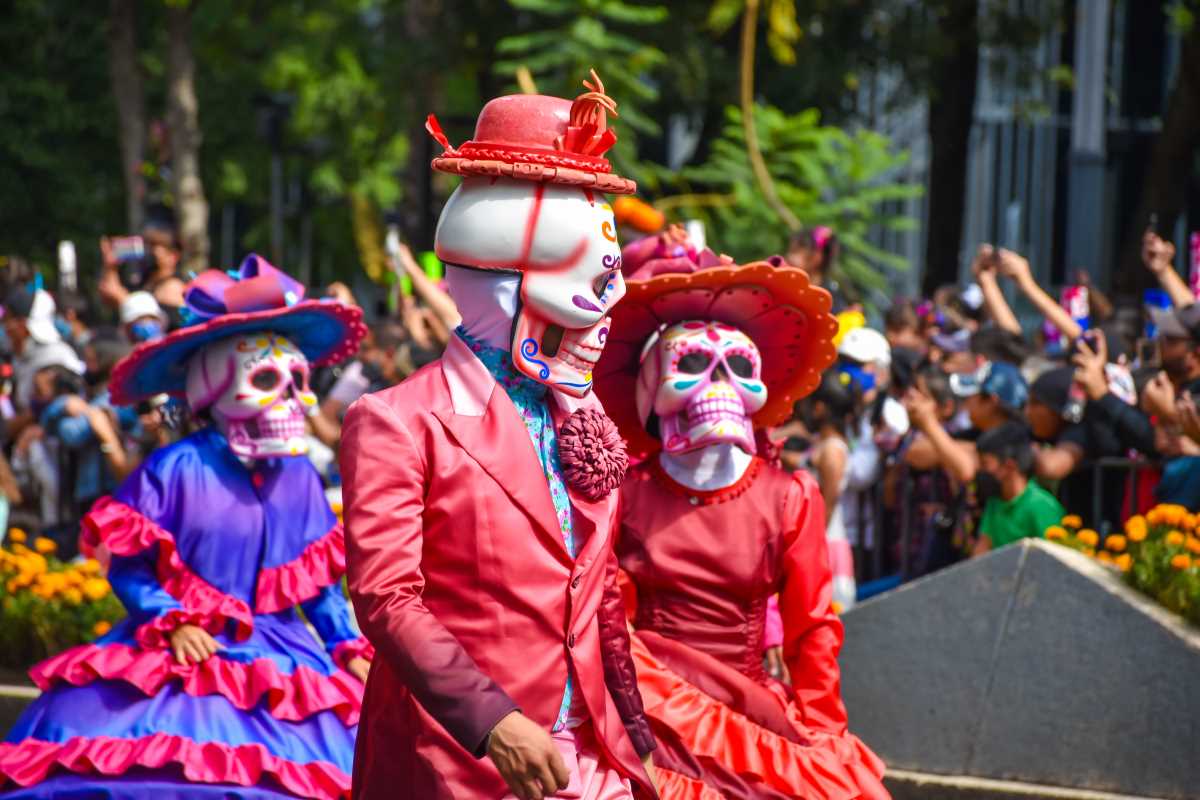 (Image via
(Image via